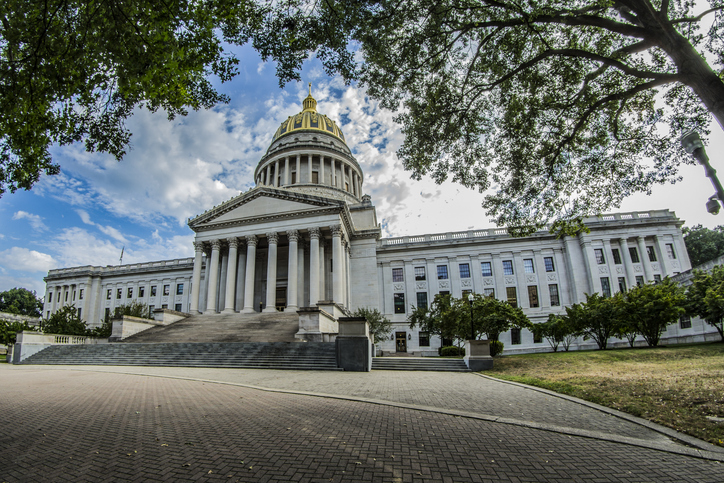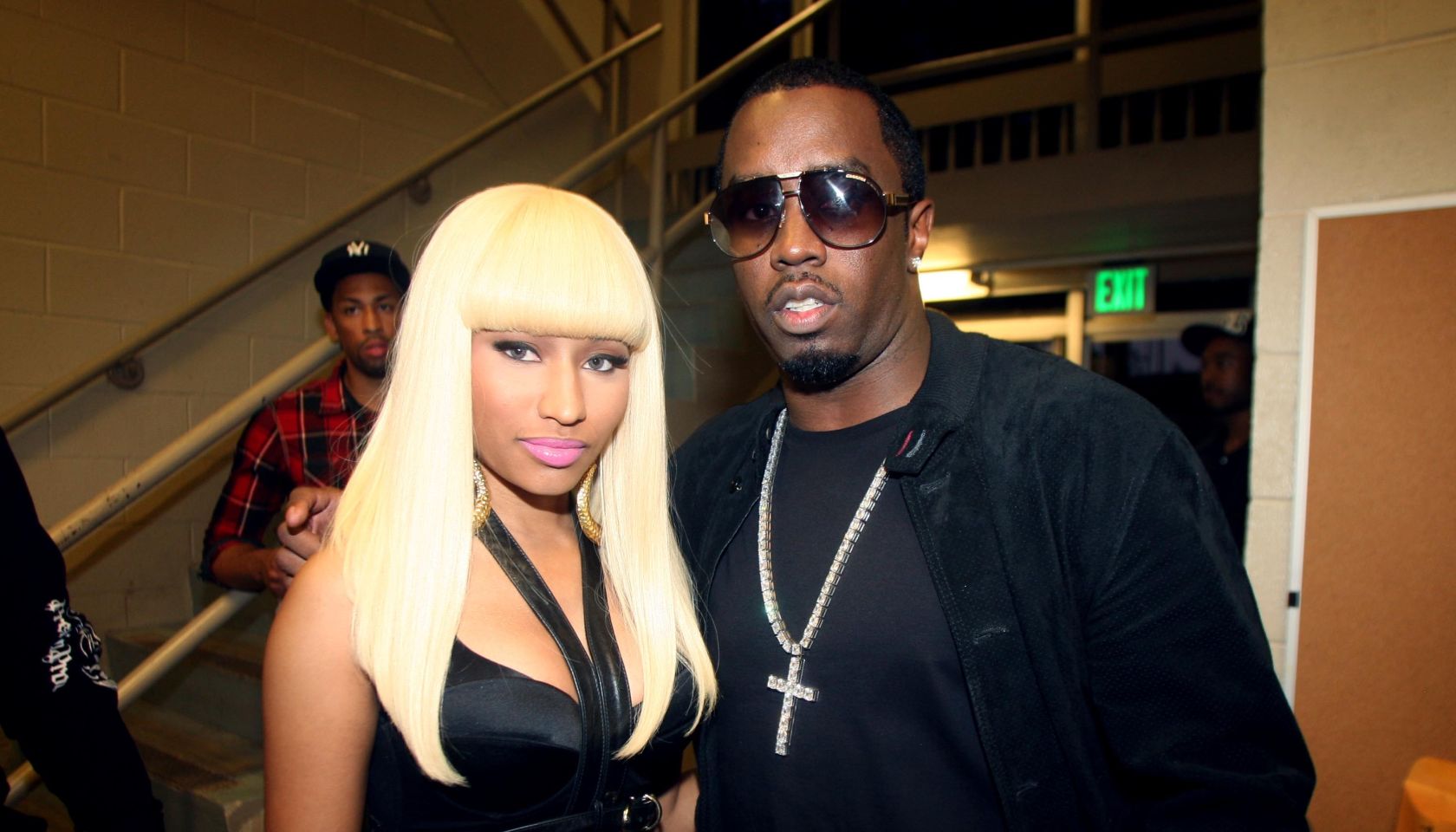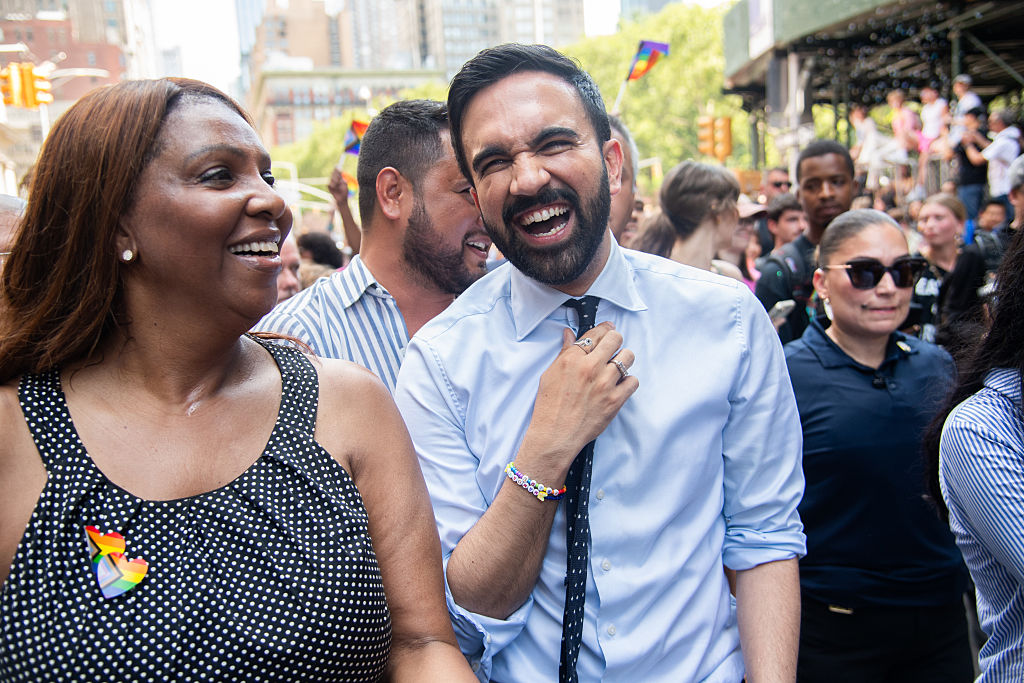More Than 600 Protesters Arrested At G-20 Summit In Toronto
TORONTO – Police raided a university building and rounded up hundreds of protesters Sunday in an effort to quell further violence near the G-20 global economic summit site a day after black-clad youths rampaged through the city, smashing windows and torching police cars.
The violence shocked Canada, where civil unrest is almost unknown. Toronto police Sunday said they had never before used tear gas until Saturday’s clashes with anti-Globalization activists.
Police said they have arrested more than 600 demonstrators, many of whom were hauled away in plastic handcuffs and taken to a temporary holding center constructed for the summit.
Police adopted a more aggressive strategy Sunday by going into the crowd to make arrests, compared to the previous day when they stood back as protesters torched four police cars and broke store windows.
No serious injuries were reported among police, protesters or bystanders, Toronto Police Constable Tony Vella said Sunday.
Thousands of police officers in riot gear formed cordons to prevent radical anti-globalization demonstrations from breaching the steel and concrete security fence surrounding the Group of 20 summit site.
Security was being provided by an estimated 19,000 law enforcement officers drawn from across Canada. Security costs for the G-20 in Toronto and the Group of Eight summit that ended Saturday in Huntsville, 140 miles (225 kilometers) away, were estimated at more than US$900 million.
Prime Minister Stephen Harper deplored the actions of a “few thugs” and suggested the violence justified the controversial cost. “I think it goes a long way to explaining why we have the kind of security costs around these summits that we do,” he said.
The disorder and vandalism occurred just blocks from where U.S. President Barack Obama and other world leaders were meeting and staying.
On Sunday, protesters gathered at a park near the detention center — about 2 1/2 miles (four kilometers) east of where the leaders were meeting.
Plainclothes police jumped out of an unmarked van, grabbed a protester off the street and whisked him away in the vehicle. The protest was then quickly broken up by riot police, who set off a device that created a cloud of smoke that sent protesters running down the street. Vella said it was not tear gas.
Bridie Wyrock, 20, from Cleveland, Ohio, said she was arrested for public mischief for sitting on a street in the financial district. Wyrock, held for 19 hours before being released, said there weren’t enough toilets and said some people resisted detention, but said police treated most people with respect.
“They put us in cages, blocked off on all three sides,” Wyrock said. “It was cold and dirty.”
An anti-poverty group called The Global Call to Action Against Poverty criticized the protesters who committed violence.
“A bunch of pimply faced teenagers trashing shops and burning cars does not help anyone,” said Rajesh Latchman of GCAP South Africa. “These hooligans obscure the real issues.”
Previous global summit protests have turned violent. In 1999, 50,000 protesters shut down World Trade Organization sessions in Seattle as police fired tear gas and rubber bullets. There were some 600 arrests and $3 million in property damage. One man died after clashes with police at a G-20 meeting held in London in April 2009.
RELATED STORIES
CINCO DE MAYO: Stand Up For Mexican Americans By Protesting Ariz. Law
Diddy Gives Support To Howard U. Protestors















